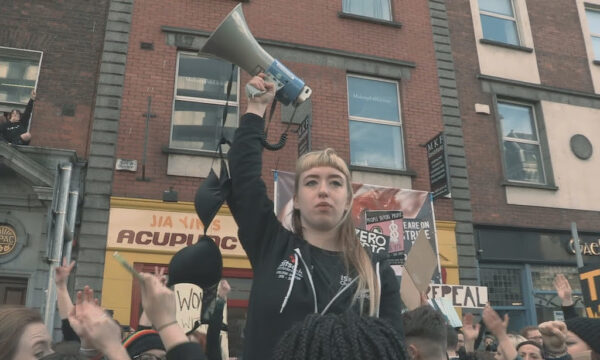A&E waiting times hit record lows for decades, show NHS figures

Accident and emergency departments across the UK are failing to meet the minimum waiting time targets required of them, according to the figures published by the NHS England today.
In England, Wales and Northern Ireland, targets stipulate that 95% of people attending A&E departments should be treated within four hours of their arrival.
However, statistics show that between October and December, only 92.6% of patients in England arriving at A&E received treatment within the required waiting period. This represents NHS England’s worst performance since minimum waiting time standards were introduced in 2004.
In the week before Christmas, a record 289,530 people attended A&E departments across England, and a mere 83.1% of those were seen within four hours. In the following week this number improved marginally to 85.7%.
It is not only A&E departments in England which are underperforming. Figures show in Wales and Northern Ireland people treated in time at A&E stood at mere 83.8% and 80.5% respectively.
In Scotland, where the waiting time target stands at 98%, statistics from September revealed only 93.5% of people were seen in adequate time.
These figures are indicative of the increased strains experienced recently by A&E departments, evidenced especially by the number of hospitals recently declaring “major incidents”.
Speaking on the BBC Radio 4’s Today programme, Dr Clifford Mann, president of the College of Emergency Medicine, explained that by declaring a “major incident” hospitals are able “to mobilise an exceptional level of resource, to try and provide enough capacity to cope with the increased demand”.
In reference to this increased demand Dr Mann said: “We’ve reached a tipping point; 20,000 extra patients a week all have to be accommodated within the same bed stock and the same capacity as the system in 2013.”
He suggested that one important factor behind the increase was the growing number of patients referred to A&E departments by NHS 111, a non-emergency contact number.
Health secretary, Jeremy Hunt, also speaking on the Today programme, appeared to try to mitigate the concerns expressed by Dr Mann. Hunt said: “We also have to recognise, despite the particular pressures and despite the major incidents – and you always get some major incidents at this time of year – that the NHS is continuing to see in A&E departments nine out of ten people within the four-hour target. That is actually better than any other country in the world that measures these things.”
Hunt’s comments contrasted with those made by liberal democrat and minister of state at the Department of Health Norman Lamb, who said: “We have rightly the toughest targets in the developed world. We are not meeting them.”
Under the previous Labour government, waiting time targets stood at 98%. This was reduced to 95% in 2010 by the coalition government.
Eoin O’Sullivan-Harris
























Facebook
Twitter
Instagram
YouTube
RSS